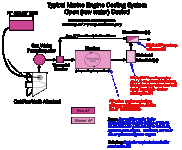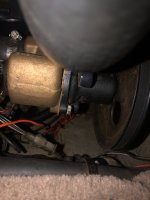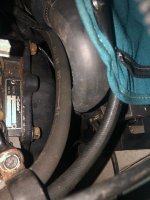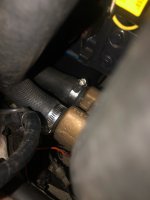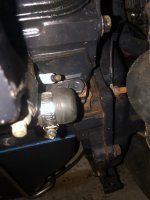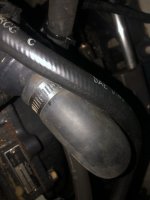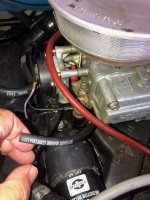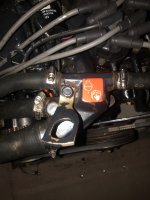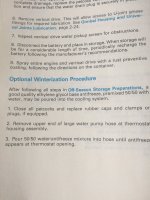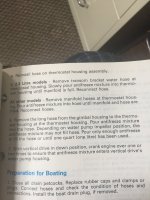Hi G,Thanks! I appreciate all you guys detailed help and advice. So, tell me if I'm correct. If the engine/drive was drained properly and completely, Im OK the way it is because i'm in fresh water territory and filling it with AF isn't a must? Filling with AF is optional precaution? I looked up online both the OMC shop manual and another after market instructions for winterizing a 5.0L and neither mentioned adding AF.
I really appreciate your post and all the great advise. Ive the same 1995 Volvo penta Omc 5.0L engine. I started to winterize via a Camco kit but found I need and adapter to atrach to engine pump. Due to great advise I can now proceed w/o adapter and just drain. However I don't see manifold drain plugs on my 5.0. Could I get your link to the OMC shop manual please? Dp.areynolds@gmail.com




















